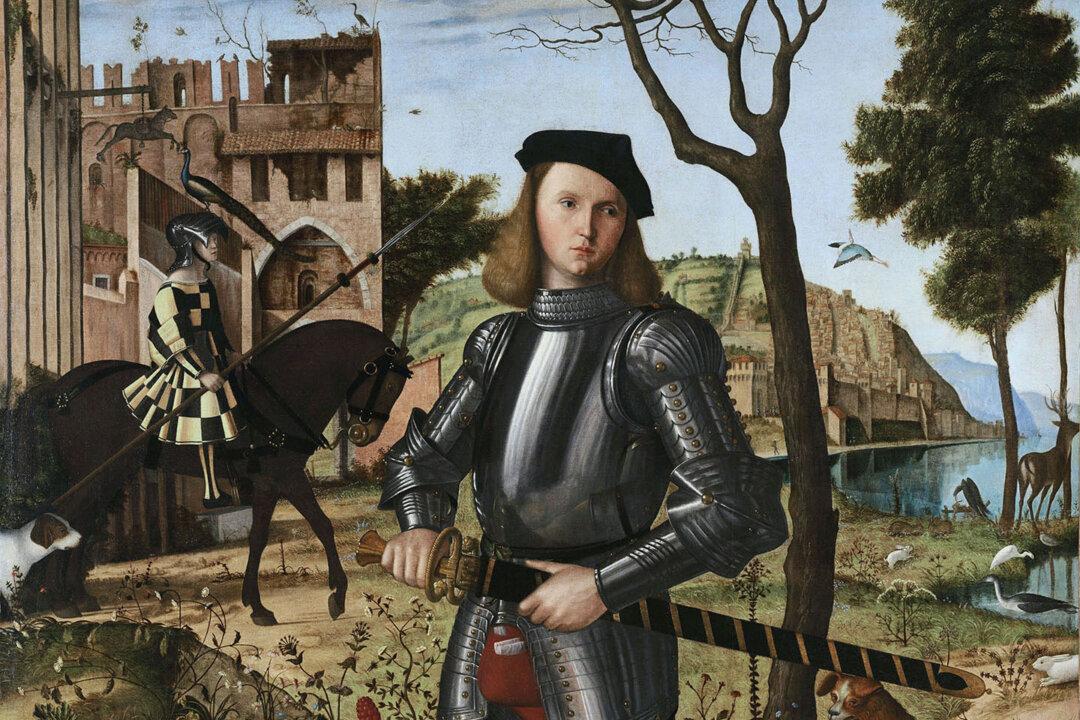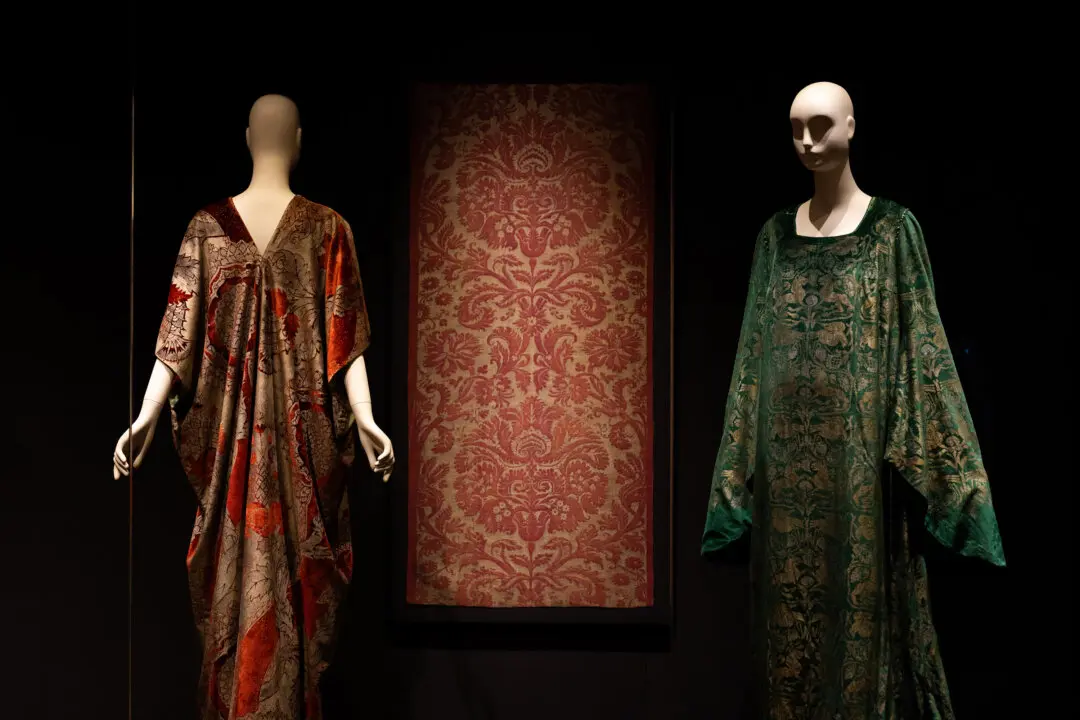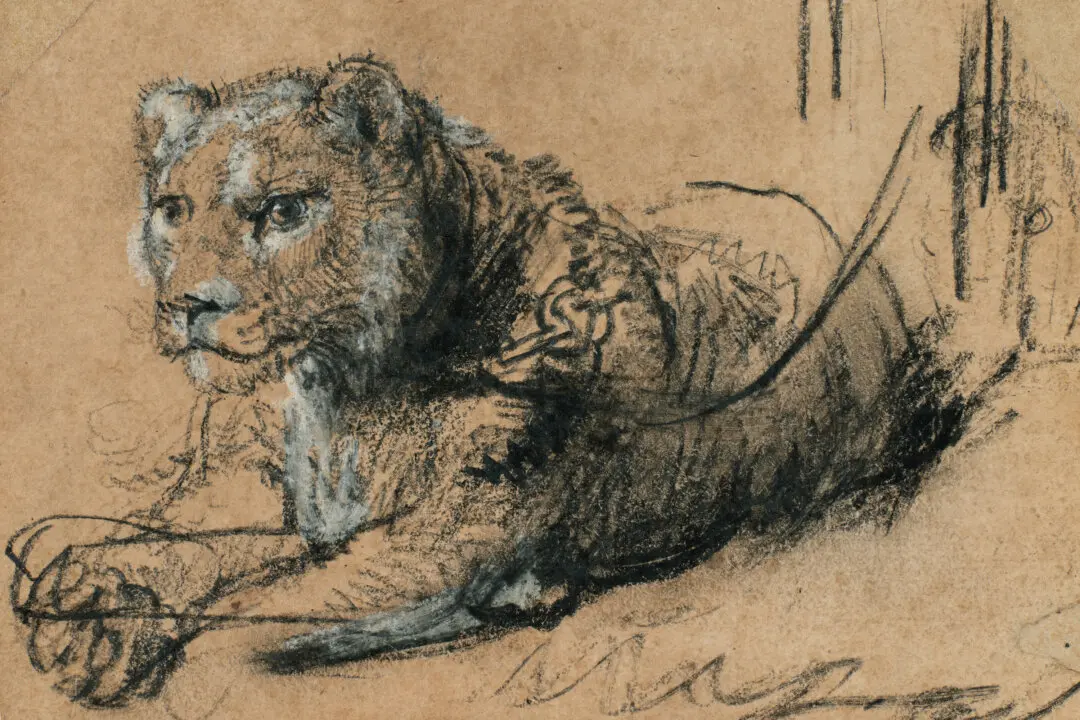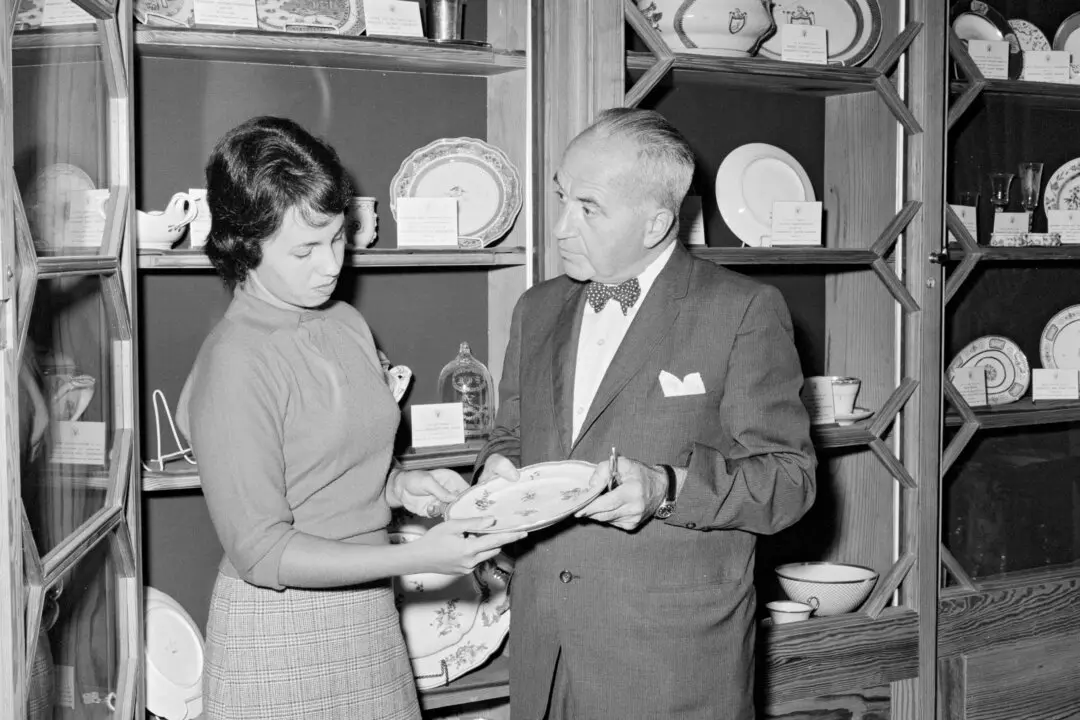Knights are emblematic of the Middle Ages. They played a prominent role in feudal society, for these armor-wearing, mounted warriors served their lieges (lords or kings) in battle. Early medieval knights were often of humble birth, but by the late 12th century, they were members of nobility who followed a chivalric code of conduct.
Ceremonies for conferring knighthood were created, along with special orders (community of knights arranged by order rules). Since the establishment of knighthood, its members have been popular subjects for artworks in an array of media. Categorial depictions include portraiture, religious representations, and myth.





